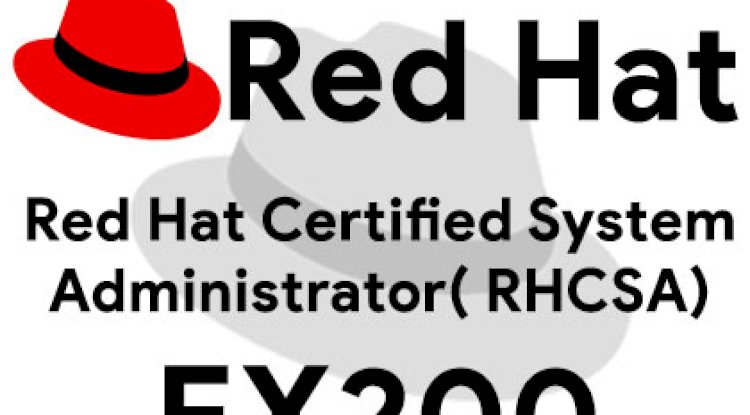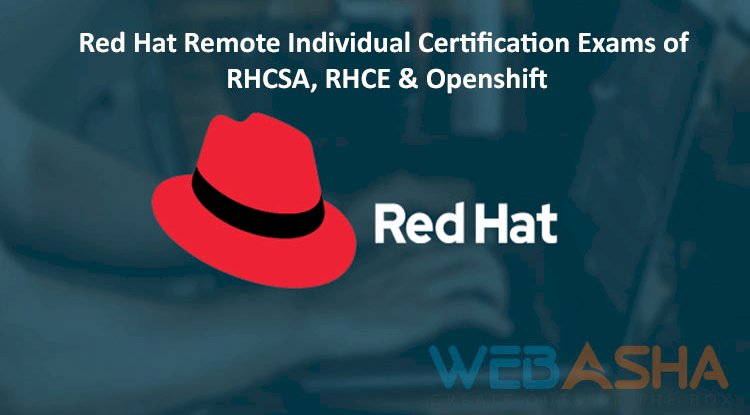Hunchly OSINT Tool | How to Capture, Preserve, and Organize Digital Evidence for Online Investigations
Hunchly is a specialized OSINT (Open Source Intelligence) tool designed for investigative professionals to capture, preserve, and organize digital evidence during online research. It automatically records every visited webpage, making it invaluable for law enforcement, cybersecurity experts, journalists, and ethical hackers. This blog provides a detailed guide on Hunchly, covering its features, installation, usage, integration with OSINT tools, and best practices for efficient investigations. Additionally, we discuss how Hunchly works alongside tools like OSINT Framework and Fagan Finder to enhance intelligence-gathering capabilities.
Introduction
In today’s world of rapid digital information exchange, investigative professionals require secure, reliable, and efficient tools to gather and preserve online data. Hunchly is one such tool designed to automate web capture, organize research, and ensure legally defensible evidence collection for law enforcement, cybersecurity experts, journalists, and ethical hackers.
Originally developed in 2015 by Dark River Systems, Hunchly was created to solve a critical challenge in Open Source Intelligence (OSINT)—how to preserve, structure, and legally document the vast amount of information collected during an investigation. Recognizing its impact, Sapper Labs helped expand Hunchly’s adoption across law enforcement and military agencies worldwide.
This blog provides a comprehensive guide on Hunchly, including its features, installation, usage, and best practices for OSINT investigations.
What is Hunchly?
Hunchly is an automatic web capture and evidence preservation tool that helps investigators collect and organize data from websites, social media, and online platforms. It eliminates the need for manual screenshots and provides a forensic-grade record of all visited pages, ensuring that the data is legally admissible in court.
With Hunchly, OSINT professionals can:
-
Capture and archive every webpage visited
-
Preserve digital evidence with timestamps and metadata
-
Automatically organize and tag research findings
-
Generate court-ready forensic reports
-
Conduct secure, anonymous investigations
Hunchly is widely used in law enforcement, cyber threat analysis, financial fraud investigations, and intelligence gathering.
Key Features of Hunchly
| Feature | Description |
|---|---|
| Automated Web Capture | Automatically records every webpage visited, ensuring no evidence is lost. |
| Searchable Evidence | Enables investigators to search captured pages by keywords, URLs, or timestamps. |
| Court-Ready Reports | Generates legally admissible forensic reports. |
| Cryptographic Hashing | Ensures the integrity of captured evidence remains unchanged. |
| Custom Tagging & Annotation | Allows users to categorize and annotate collected data. |
| Multiple Export Options | Supports export in PDF, HTML, and JSON formats for further analysis. |
| Integration with OSINT Tools | Works with Maltego, SpiderFoot, and Shodan for expanded research capabilities. |
| Cross-Browser Support | Compatible with Chrome, Firefox, and Chromium-based browsers. |
| Privacy-Focused | Supports Tor, VPNs, and ProxyChains for secure browsing. |
How to Install Hunchly
Step 1: Install the Hunchly Browser Extension
Hunchly works as a browser extension that needs to be installed and activated:
-
Visit Hunchly’s official website.
-
Download the Hunchly Chrome or Firefox extension.
-
Install the extension in your browser.
-
Activate your Hunchly license key.
Step 2: Enable Hunchly
Once installed, Hunchly will automatically start capturing web pages as you browse. You can toggle it ON/OFF from the browser extension.
Using Hunchly for OSINT Investigations
Step 1: Capture and Organize Web Pages
-
Open Google Chrome or Mozilla Firefox.
-
Visit a target website or social media page.
-
Hunchly will automatically capture, archive, and store the visited pages.
Step 2: Reviewing Captured Data
-
Open the Hunchly Dashboard (
http://localhost:8080/). -
Use the search bar to find specific keywords, URLs, or timestamps.
-
View stored pages, add tags, and annotate data for reference.
Step 3: Export Evidence for Reporting
-
Click "Export" to download evidence in PDF, HTML, or JSON formats.
-
Share findings with law enforcement, legal teams, or cybersecurity analysts.
Integrating Hunchly with Other OSINT Tools
1. OSINT Framework (https://osintframework.com/)
-
A structured directory of OSINT tools.
-
Hunchly works alongside these tools to enhance digital investigations.
2. Fagan Finder (https://www.faganfinder.com/)
-
A search aggregation tool that gathers data from multiple sources.
-
Can be combined with Hunchly to improve data collection efficiency.
Best Practices for Using Hunchly
-
Enable Hunchly at the Beginning of Your Investigation – This ensures all critical pages are captured.
-
Use Tags and Notes – Organize data by investigation topics, persons of interest, and case details.
-
Regularly Export and Back Up Data – Prevent data loss by saving reports in multiple formats.
-
Use Anonymity Tools – VPNs, Tor, and ProxyChains can enhance security and privacy.
-
Verify Evidence Integrity – Hunchly’s hashing feature ensures captured data remains unchanged.
Conclusion
Hunchly is a powerful OSINT tool that revolutionizes how investigators collect, organize, and preserve online evidence. Whether you are in law enforcement, cybersecurity, journalism, or ethical hacking, Hunchly simplifies the challenges of online research by automating evidence collection and ensuring legal admissibility.
By integrating Hunchly with OSINT Frameworks like Fagan Finder, investigators can enhance their intelligence-gathering capabilities and never miss crucial evidence. If you’re serious about OSINT investigations, Hunchly is an essential tool for efficiency, security, and accuracy.
FAQs
What is Hunchly used for?
Hunchly is used for capturing, preserving, and organizing digital evidence from online investigations, ensuring forensic accuracy.
Who can use Hunchly?
Hunchly is widely used by law enforcement officers, cybersecurity professionals, journalists, intelligence analysts, and OSINT investigators.
How does Hunchly capture webpages?
Hunchly automatically records every webpage visited in a browser, storing timestamps, metadata, and cryptographic hashes for authenticity.
Is Hunchly free to use?
No, Hunchly is a paid tool, but it offers a free trial for users to explore its capabilities before purchasing.
Which browsers support Hunchly?
Hunchly works with Google Chrome, Mozilla Firefox, and Chromium-based browsers.
Can I use Hunchly anonymously?
Yes, Hunchly can be used with VPNs, Tor, and ProxyChains to enhance privacy and anonymity.
How do I install Hunchly?
You can install Hunchly by downloading the browser extension from the official website and activating it with a license key.
Does Hunchly store data locally or on the cloud?
Hunchly stores all captured data locally, ensuring user privacy and security.
Can I search through the captured pages in Hunchly?
Yes, Hunchly allows searching through stored pages using keywords, timestamps, and URLs.
What file formats can Hunchly export reports in?
Hunchly exports data in PDF, HTML, and JSON formats for further analysis and legal documentation.
Does Hunchly support integration with other OSINT tools?
Yes, Hunchly integrates with tools like Maltego, SpiderFoot, Shodan, OSINT Framework, and Fagan Finder for enhanced research.
How does Hunchly ensure forensic integrity?
Hunchly uses cryptographic hashing to verify that collected evidence remains unaltered and legally admissible.
Can Hunchly capture data from social media?
Yes, Hunchly can capture publicly available data from Facebook, Twitter, LinkedIn, Instagram, and other social media platforms.
What happens if I forget to turn on Hunchly?
Hunchly must be enabled manually; if it’s off, pages visited will not be recorded.
Does Hunchly work offline?
No, Hunchly requires an active internet connection to capture web pages.
How can I organize my research in Hunchly?
Hunchly allows users to tag, annotate, and categorize captured web pages for better organization.
Is Hunchly legal to use?
Yes, as long as it is used ethically and within legal boundaries, Hunchly is a lawful OSINT tool.
How do I ensure data security while using Hunchly?
Use secure storage solutions, strong passwords, and encryption to protect captured OSINT data.
Can Hunchly detect changes on a webpage over time?
Yes, by revisiting a page and capturing it again, you can track modifications to online content.
Does Hunchly support team collaboration?
Hunchly is primarily designed for individual investigations, but exported data can be shared among teams.
What operating systems are compatible with Hunchly?
Hunchly is compatible with Windows, macOS, and Linux.
How do I stop Hunchly from capturing data temporarily?
You can toggle the Hunchly extension OFF to pause data collection.
Does Hunchly support dark web investigations?
Yes, Hunchly can work with Tor for dark web investigations while preserving anonymity.
Can I filter specific websites from being captured by Hunchly?
Yes, Hunchly allows users to exclude certain domains from being recorded.
What makes Hunchly different from screenshots?
Hunchly automates the process of capturing, tagging, and verifying evidence, unlike traditional screenshots.
How much storage does Hunchly require?
Hunchly’s storage needs depend on the volume of data captured but can be managed by deleting old cases.
How often is Hunchly updated?
Hunchly is regularly updated to improve performance, add features, and enhance security.
Can Hunchly be used for fraud investigations?
Yes, Hunchly is widely used for financial fraud detection, identity theft cases, and cybercrime investigations.
Does Hunchly work with mobile devices?
Currently, Hunchly is designed for desktops and laptops; mobile support is limited.
Where can I get help if I have issues with Hunchly?
Hunchly provides customer support through its official website and user community.













![Top 10 Ethical Hackers in the World [2025]](https://www.webasha.com/blog/uploads/images/202408/image_100x75_66c2f983c207b.webp)

![[2025] Top 100+ VAPT Interview Questions and Answers](https://www.webasha.com/blog/uploads/images/image_100x75_6512b1e4b64f7.jpg)







